Search Images
Browse Content (p. 1505)
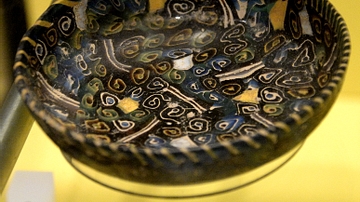
Image
Luxury Glass Bowl
Ancient cast glass features a wide range of decoration, produced by fusing together different layers of colored glass. Mosaic patterns were created by cutting colored glass canes in cross-section, and marble glass was mould-blown into shape...
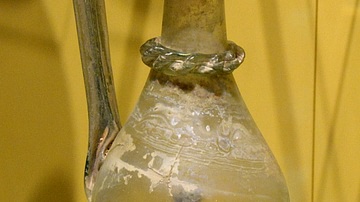
Image
Roman Double Glass Vessel
This remarkable cast Roman vessel contains a 2nd miniature vessel attached to its base. Double vessels/flasks have been discovered in both western and eastern parts of the Roman World. This suggests that craftsmen were in direct contact with...
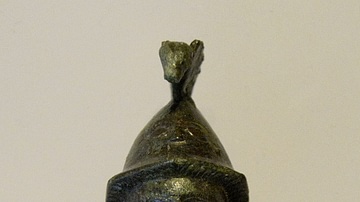
Image
Mount with Bust of Minerva, Elginhaugh
Minerva (Menrva) was the Roman goddess of wisdom, medicine, poetry, and magic and a member of the Capitoline triad (together with god Jupiter and goddess Juno). From Elginhaugh, Scotland, late 1st century to late 2nd century CE. (National...
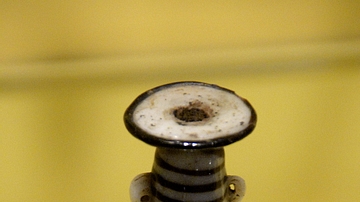
Image
Glass Vessel Made by Core-forming Technique
Core-forming is one of the earliest glass-making techniques. The body of the vessel was shaped around a core. Colored trails of glass were wound around it, and the rim and handles added. the vessel was then cooled and the core removed. Mediterranean...
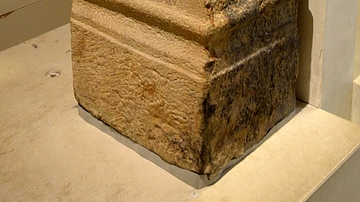
Image
Roman Altar to Jupiter, Newstead
In ancient Scotland, the Romans put up altars inscribed with the names of their gods. An alter was a public sign of a worshiper's beliefs. On each altar, the names of the god and the donor were recorded. Offerings were made on the hollow...
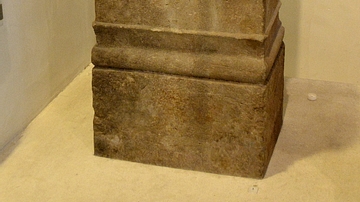
Image
Alter to Goddess Ricagambeda, Birrens
Roman soldiers, when they came to Scotland, brought their own gods and goddesses from their local areas. Exotic cults were easily adopted too. Ricagambeda was a Celtic goddess worshiped by troops in the Rhineland. The inscriptions on this...

Image
Altar Fragment to Jupiter Dolichenus, Birrens
Roman soldiers, when they came to Scotland, brought their own gods and goddesses from their local areas. Exotic cults were easily adopted too, such as that developed to Jupiter Dolichenus (a mixture of Roman Jupiter and a Syrian sky god...
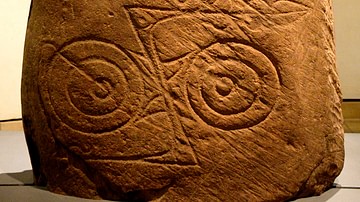
Image
Pictish Stone, Invereen, Scotland
Pictish stones are a form of monumental steles and are mainly found in the eastern part of Scotland and around the Clyde-Forth line. This stone was found in Invereen, Moy, Inverness-shire, Scotland. The stone was carved with Pictish symbols...
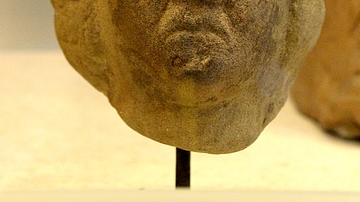
Image
Head of a Local Deity, Birrens, Scotland
In the Roman empire deities which were not part of normal Roman beliefs were often readily adopted and worshiped. On the frontiers, such as Scotland, soldiers worshiped local gods and goddesses. This is a head of an unknown local deity. From...
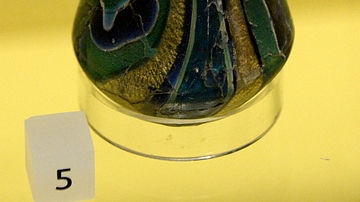
Image
Luxury Glass Bottle
Ancient cast glass features a wide range of decoration, produced by fusing together different layers of colored glass. Mosaic patterns were created by cutting colored glass canes in cross-section, and marble glass was mould-blown into shape...